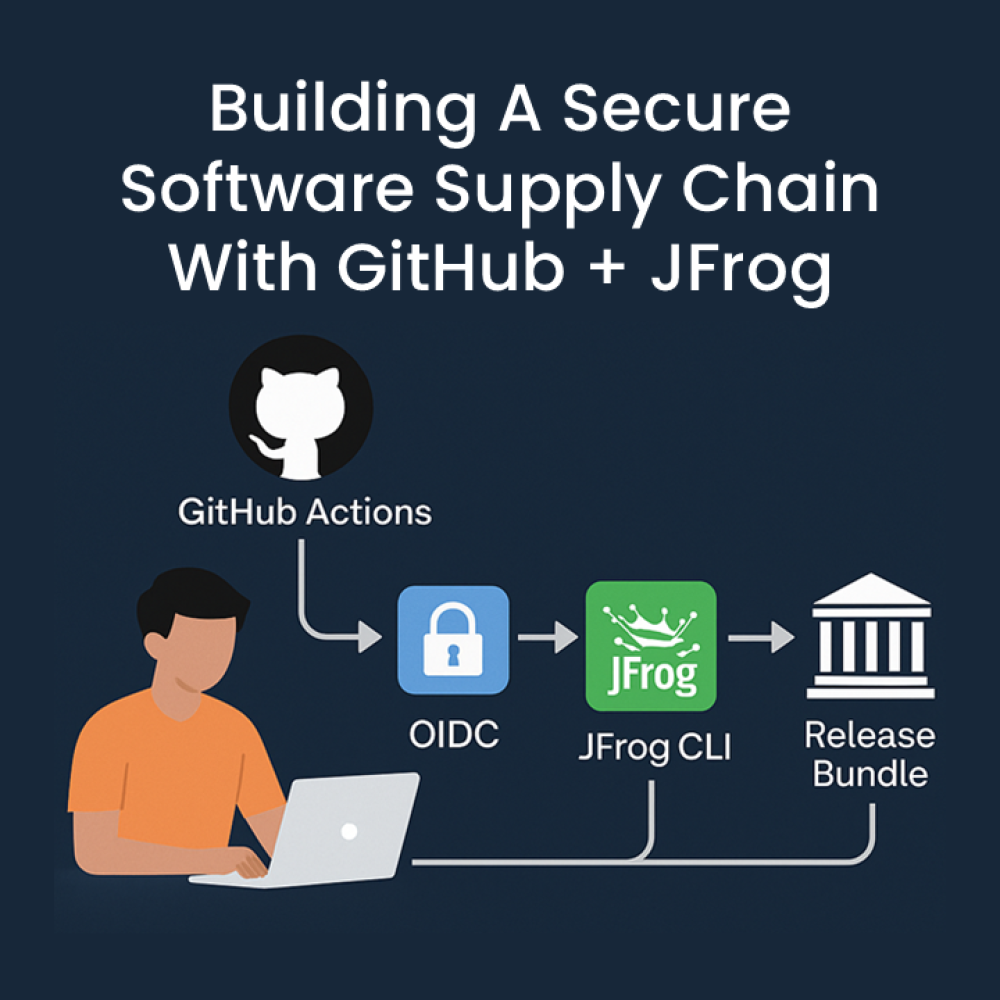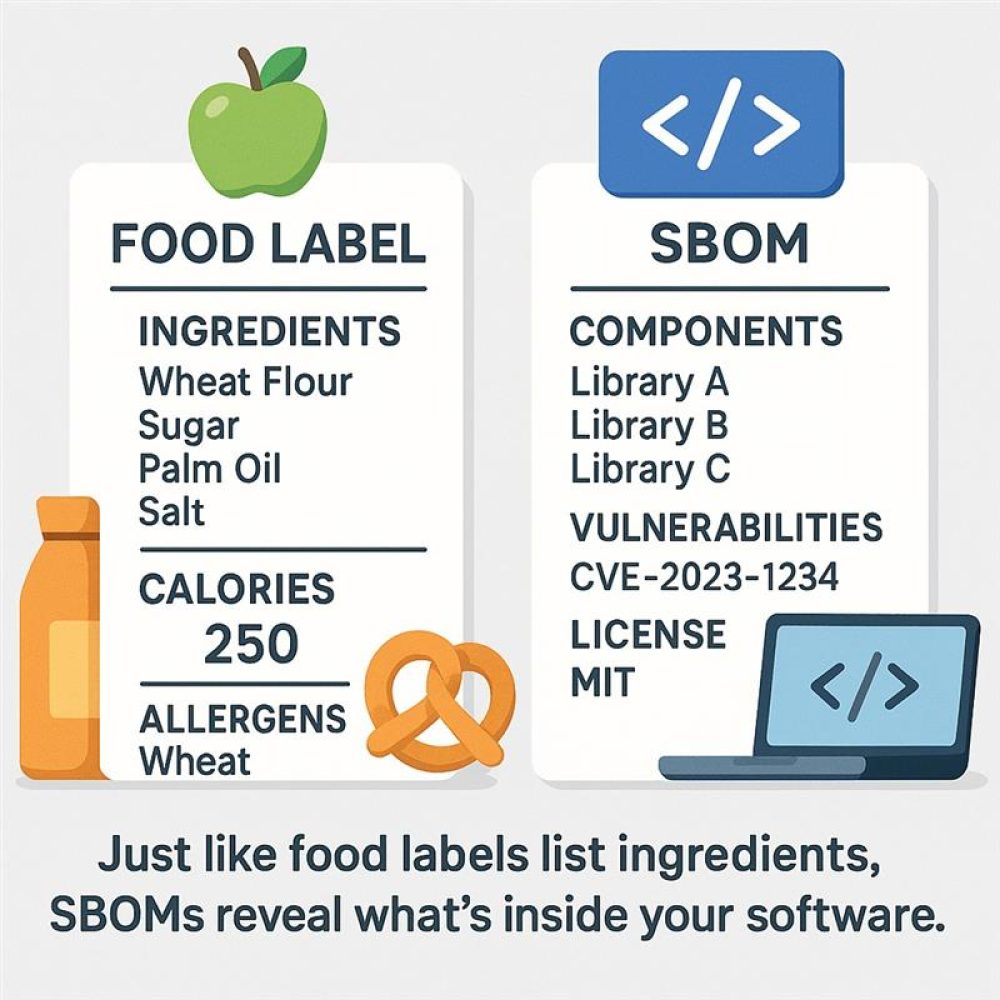In the ever-evolving landscape of software development, maintaining a secure application is crucial. With the rise of ransomware and cyberattacks, ensuring that your applications are protected from vulnerabilities is more important than ever. Instead of simply reacting to security incidents after they occur, businesses are turning to DevSecOps to integrate security from the earliest stages of development. Tools like SAST, DAST, IAST, and SCA each play a distinct role in identifying and mitigating risks before they become problems, forming a proactive, multi-layered defence system.

What is Static Application Security Testing (SAST)?
Static Application Security Testing (SAST), also known as white-box testing, is one of the oldest and most established developer security tools. This testing method examines the application’s source code, binaries or bytecode for vulnerabilities before the software is deployed. Because SAST operates during the coding phase it is most effective at identifying issues early in the development process.
SAST tools provide real-time feedback to developers, ensuring that code complies with security standards as it is being written. SAST is highly accurate at detecting vulnerabilities like buffer overflows, SQL injection and other risks from the OWASP Top 10. By catching security flaws early, SAST helps prevent costly and time-consuming fixes later in the development lifecycle.
Key Benefits of SAST:
Automated testing during the coding phase
Detects issues before deployment
High accuracy in identifying code-level vulnerabilities
What is Dynamic Application Security Testing (DAST)?
Dynamic Application Security Testing (DAST), also known as black-box testing, takes a different approach. Instead of analysing code, DAST tests an application in its running state to simulate external attacks, mimicking the behaviour of a real-world hacker. Because DAST operates while the application is live, it evaluates how the application responds to various external threats, such as injection attacks or authentication flaws.
DAST is particularly valuable because it doesn’t require access to the source code, making it language-independent and ideal for testing applications with third-party components. By simulating attacks from an outsider’s perspective, DAST identifies vulnerabilities that might not be visible through static code analysis alone.
Key Benefits of DAST:
Language-independent, can test any running application
Detects runtime vulnerabilities
Simulates real-world attack scenarios
What is Interactive Application Security Testing (IAST)?
Interactive Application Security Testing (IAST) combines elements of both SAST and DAST to offer a more comprehensive security solution. By using agents within the application, IAST performs real-time analysis of code and behaviours as the application runs. This means it can detect vulnerabilities at both the code level and the interaction level, providing immediate feedback as issues arise.
IAST tools integrate easily into CI/CD pipelines, making them ideal for continuous testing environments. They provide a high level of accuracy by combining static and dynamic testing approaches, allowing developers to address vulnerabilities in real time without interrupting the development process.
Key Benefits of IAST:
Real-time results with minimal impact on performance
Easily integrates into CI/CD workflows
Combines the strengths of both SAST and DAST
What is Software Composition Analysis (SCA)?
Software Composition Analysis (SCA) focuses specifically on managing risks related to third-party and open-source components used in an application’s codebase. Open-source software has become an essential part of modern development, but it also introduces security risks if vulnerabilities are present in those external libraries.
SCA tools automatically scan an application’s dependencies, checking for known vulnerabilities, licence compliance issues and overall code quality. By ensuring that third-party components meet security standards, SCA helps developers avoid unexpected risks that could compromise the entire application.
Key Benefits of SCA:
Identifies vulnerabilities in open-source components
Ensures compliance with licensing requirements
Improves overall code quality by monitoring dependencies
How GitHub Advanced Security Secures Your DevSecOps Pipeline
A practical example of SAST in action is GitHub Advanced Security, which provides code scanning and secret detection through its CodeQL engine. This tool integrates directly into GitHub workflows, allowing teams to identify and fix vulnerabilities before code is deployed. It also includes SCA features that scan open-source dependencies for vulnerabilities, ensuring both custom and third-party code are secure.
With seamless integration into CI/CD pipelines, GitHub Advanced Security provides continuous protection while maintaining developer productivity – making security a natural part of the development cycle.
How Does SAST, DAST, IAST, and SCA Improve DevSecOps Security?
By integrating SAST, DAST, IAST, and SCA into your DevSecOps strategy, you create a robust, multi-layered security defence that spans the entire software development lifecycle.
- SAST serves as the first line of defence by identifying vulnerabilities directly in the source code during the development phase. By catching issues early, you can fix vulnerabilities before they reach production, saving both time and resources.
- DAST adds another layer by testing the application in a live environment. This dynamic testing approach simulates real-world attacks and identifies vulnerabilities that are only exposed during execution, such as insecure error handling or authentication flaws.
- IAST combines the strengths of both SAST and DAST, offering real-time, in-depth analysis of the application as it runs. This provides continuous feedback during the development and runtime phases, allowing teams to monitor and address security risks without disrupting workflows.
- SCA ensures that third-party and open-source components used within the application are secure and comply with licensing requirements. By scanning dependencies, SCA mitigates the risks posed by vulnerabilities in external libraries, which could otherwise compromise the entire application.
Together, these tools form a comprehensive security solution, ensuring vulnerabilities are caught early, monitored throughout runtime, and managed within third-party components. By making these tools a core part of your DevSecOps framework, security becomes an integral part of the development process, allowing your team to be proactive, rather than reactive, against emerging threats.
Summary
Integrating SAST, DAST, IAST, and SCA into your DevSecOps framework provides a comprehensive defence system that ensures security is embedded at every stage of the development lifecycle. By leveraging tools like GitHub Advanced Security, developers can identify and fix vulnerabilities early, respond in real-time, and safeguard against third-party risks. Adopting these approaches allows organisations to shift security left, enhancing application security and supporting continuous integration and deployment.
As one of the few Australian companies specialising in GitHub with DevOps we are uniquely positioned to address your DevOps needs. Get in touch with one of our DevSecOps experts to see how we can help.


